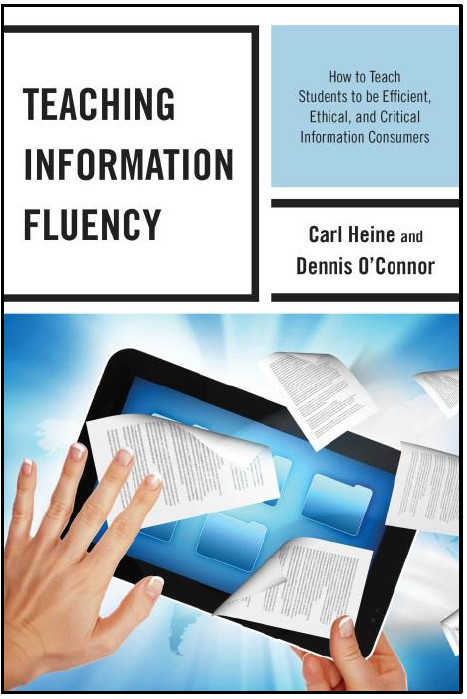The following article is adapted from our upcoming book on future-focused learning. It talks about how to teach learners to build solid research skills for school and for life.
How do we help our learners develop research skills that will serve them practically in school and life? Having this set of information location and management abilities in any digital-age survival kit applies equally to students, teachers, and everyday people. In the classroom, we teach it using the process of Information Fluency.
Via Elizabeth E Charles, Dennis Swender



 Your new post is loading...
Your new post is loading...










